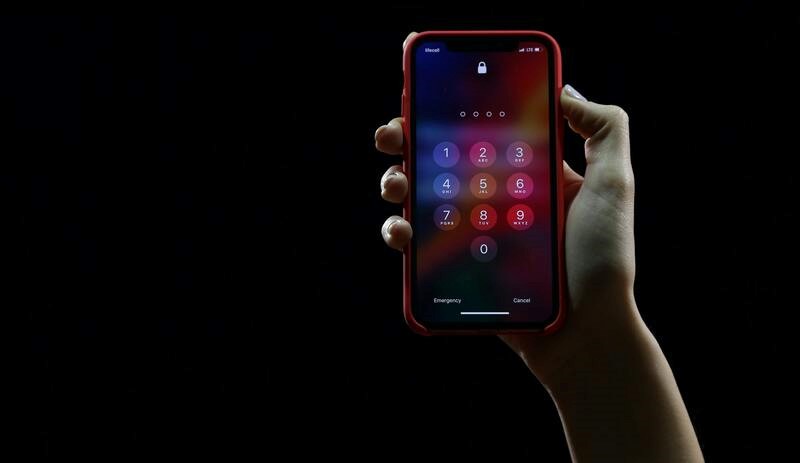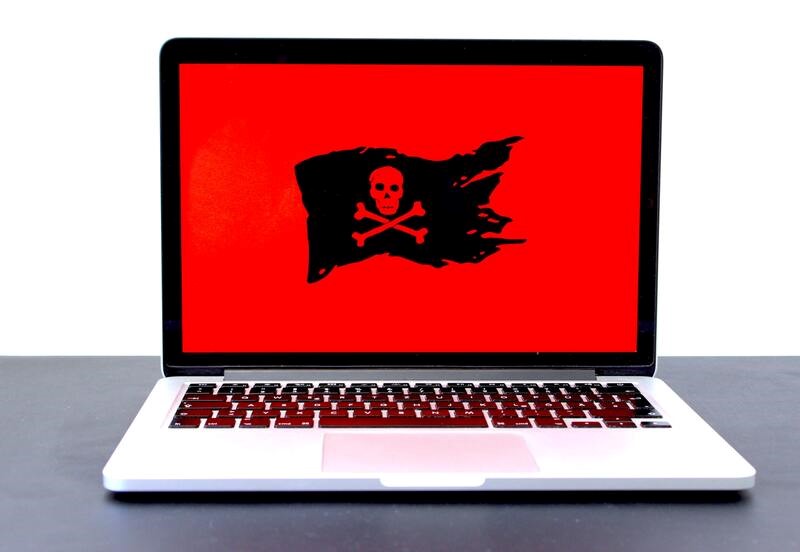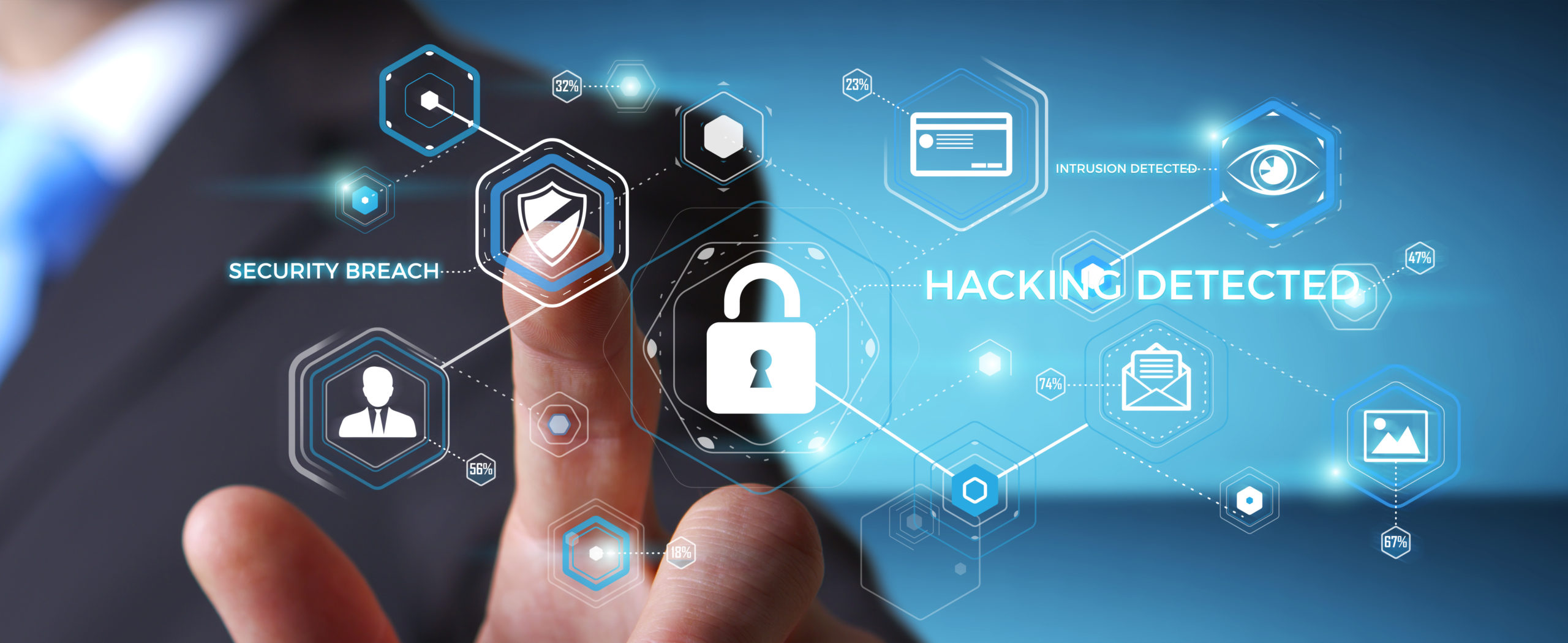As people return to work across the Northern Hemisphere after the summer, a few things might be out of practice. Some people might not remember their passwords, while others might have trouble locating their files, necessitating some refresher or retraining courses.
Whether your team is working from home or in an office, one thing that everyone should absolutely be on top of is cybersecurity best practices. Over the course of the past year, small businesses have been targeted by hackers and cybercriminals like never before.
Rates of phishing, malware, viruses, and Trojan horse attacks have absolutely skyrocketed, with malicious actors taking advantage of workers who are not well-versed in the basics of digital safety. To prevent this, give your team a refresher by reminding them of these cybersecurity best practices.
Use Trusted Payment Gateways
No matter what industry your company operates in, you’ll have to make and process payments, be it with customers, vendors, or third parties. This is why it’s crucial to check that you are using a well-known, trusted, and secure payment gateway. For best practice inspiration, you can look towards a sector that processes huge amounts of web payments on a daily basis, such as the online casino sector.
Take inspiration from leading iGaming brands like Mount Gold Casino, which offers real money casino games in multiple countries. You can see the vast range of trusted payment gateways they use in order to keep their customers safe. Platforms such as Klarna, Trustly, and MuchBetter all offer gold standard cybersecurity for your business. It’s definitely worth integrating these platforms as they will make it easier for your clients to utilize safer payment alternatives when dealing with your eCommerce and online services
Link Hygiene
The defining characteristic of the current cybersecurity landscape is the use of malicious links designed to trick people and extract data from them. That’s why you need to remind everyone in your team how to spot an unsafe link. Look out for official-looking links with spelling errors or offering unrealistic claims.
Be suspicious of any link that’s offering money or requesting sensitive information via email. You can also take a couple of seconds to run any link that you receive through a free link diagnostics checker, which will tell you whether it is safe or not. All it takes is for one person to click on a bad link, and you have a malware problem.
Passwords
Despite everything we know about passwords security and how important it is, we have not learned. The most common password in the world is still password1, while the vast majority of people re-use one password for multiple accounts. Hackers can and do try to “brute force” a password on a daily basis, with many such attempts being successful simply because people cannot be bothered to choose a strong password.
Be strict about password strength and make sure everyone on your team is clued up on the importance of this for your security. The vast majority of cybersecurity breaches can be prevented simply by having a strong enough password.

Although the threat of cyber attacks to businesses is more severe than at any other point in history, prevention remains a simple and straightforward task. By taking the small amount of time required to brush up on cybersecurity best practices, you can keep your company, your team, and your customers safe.
















